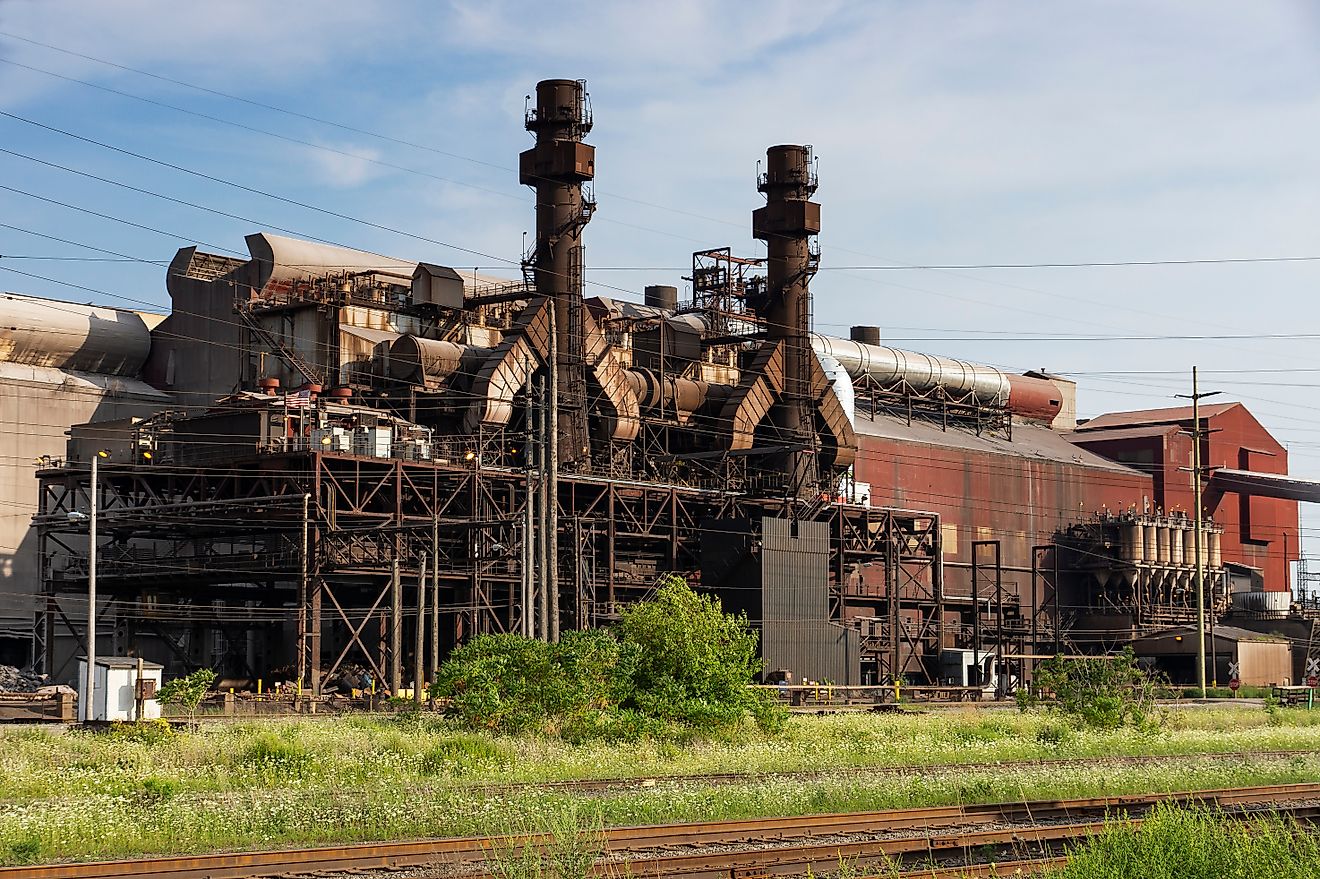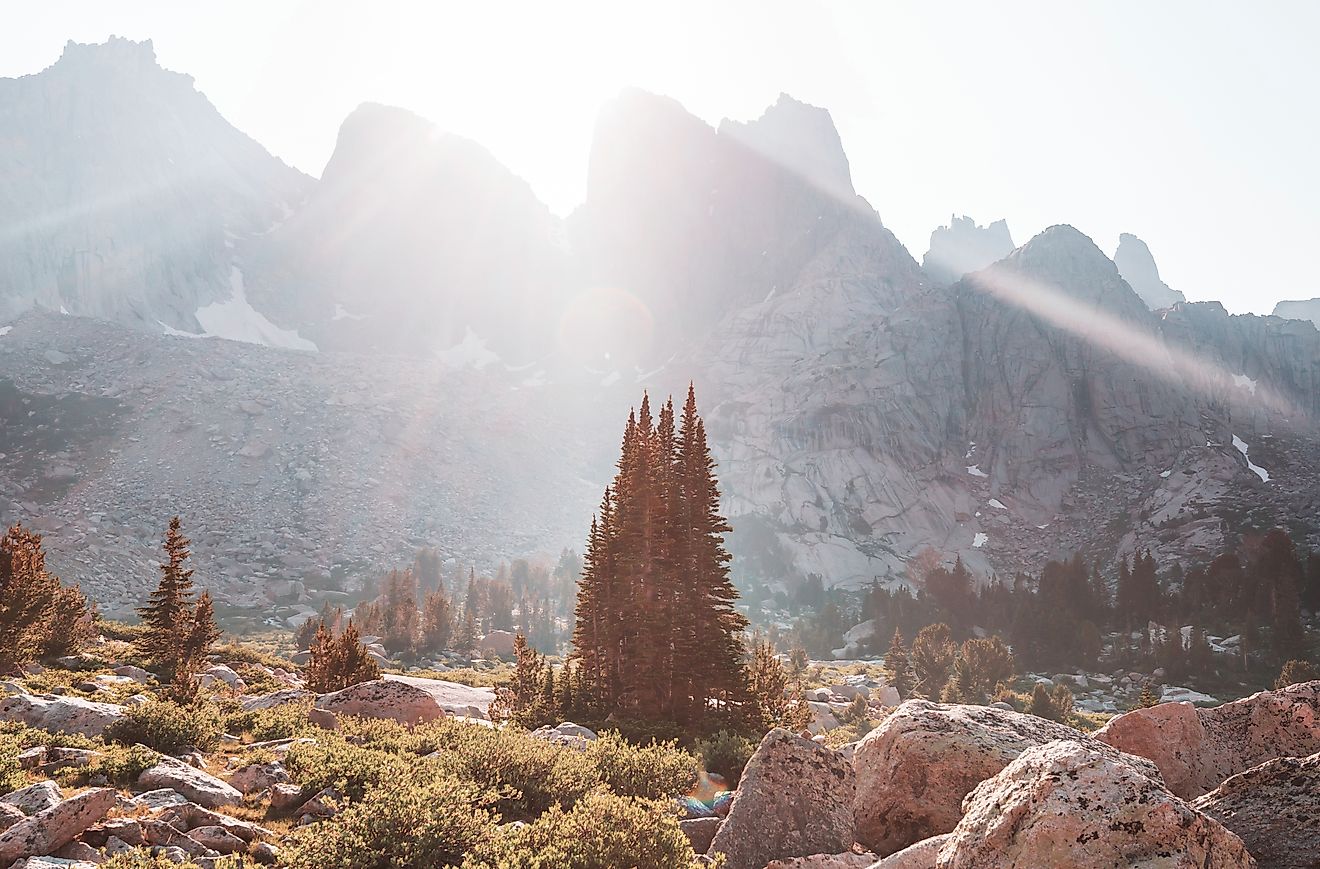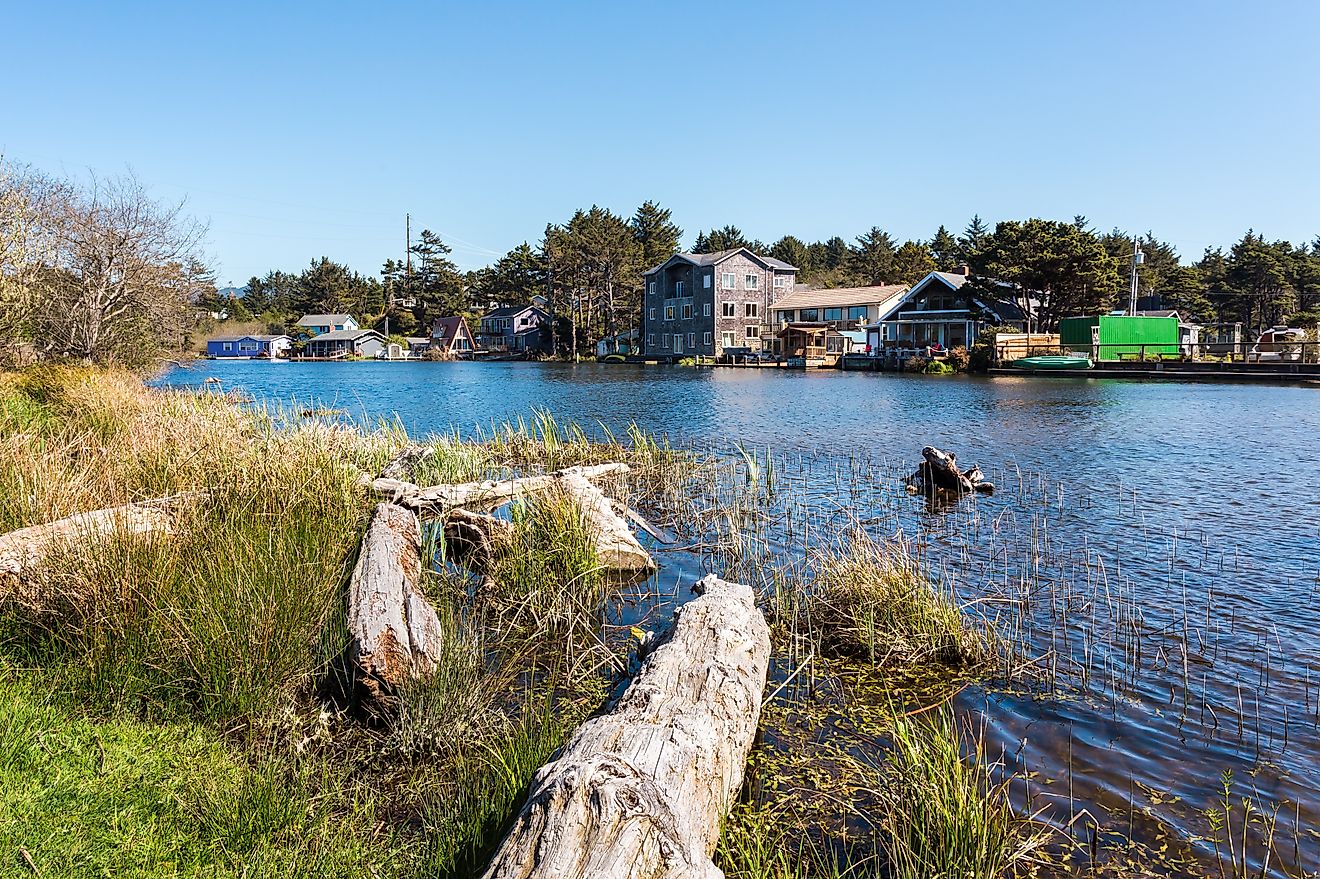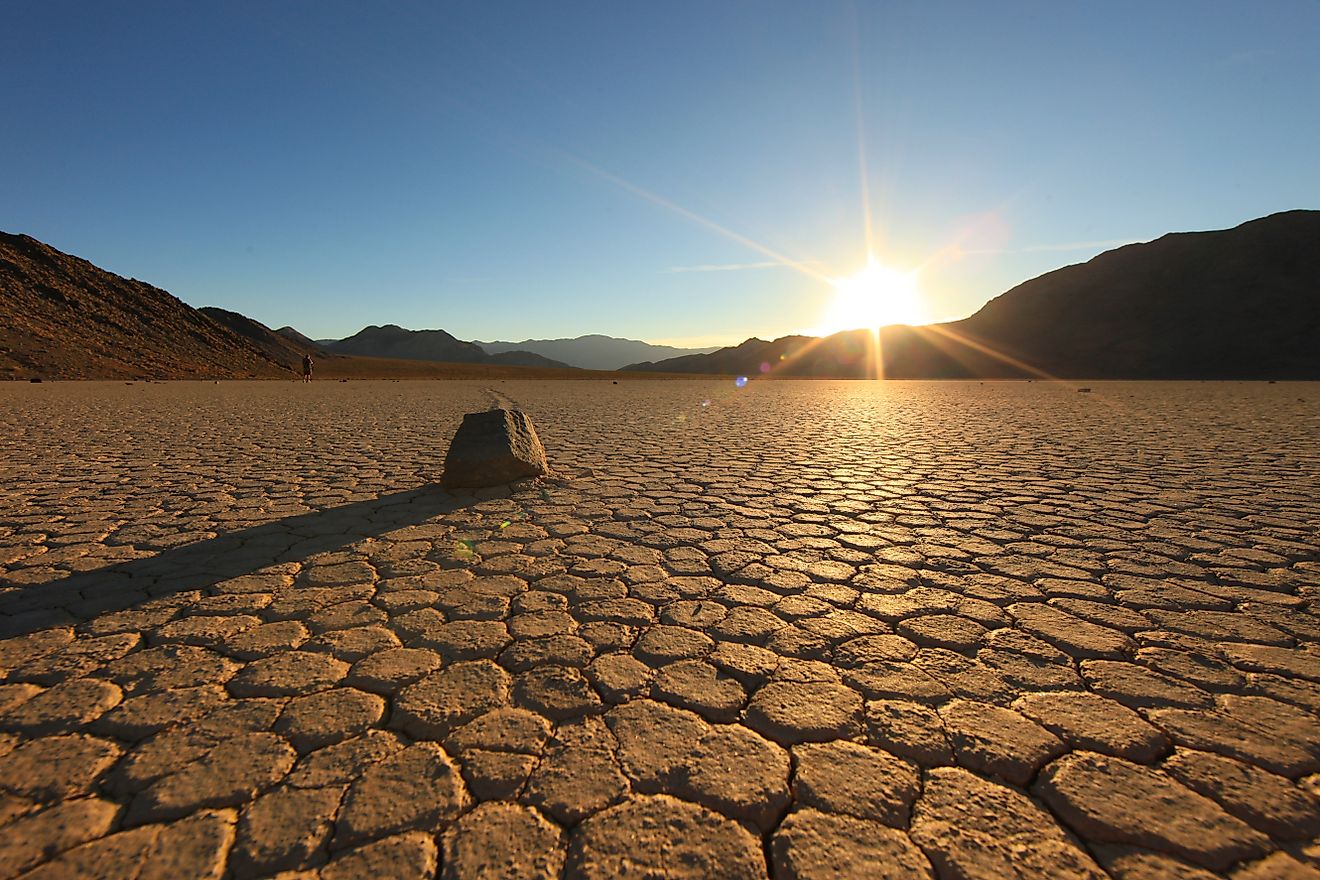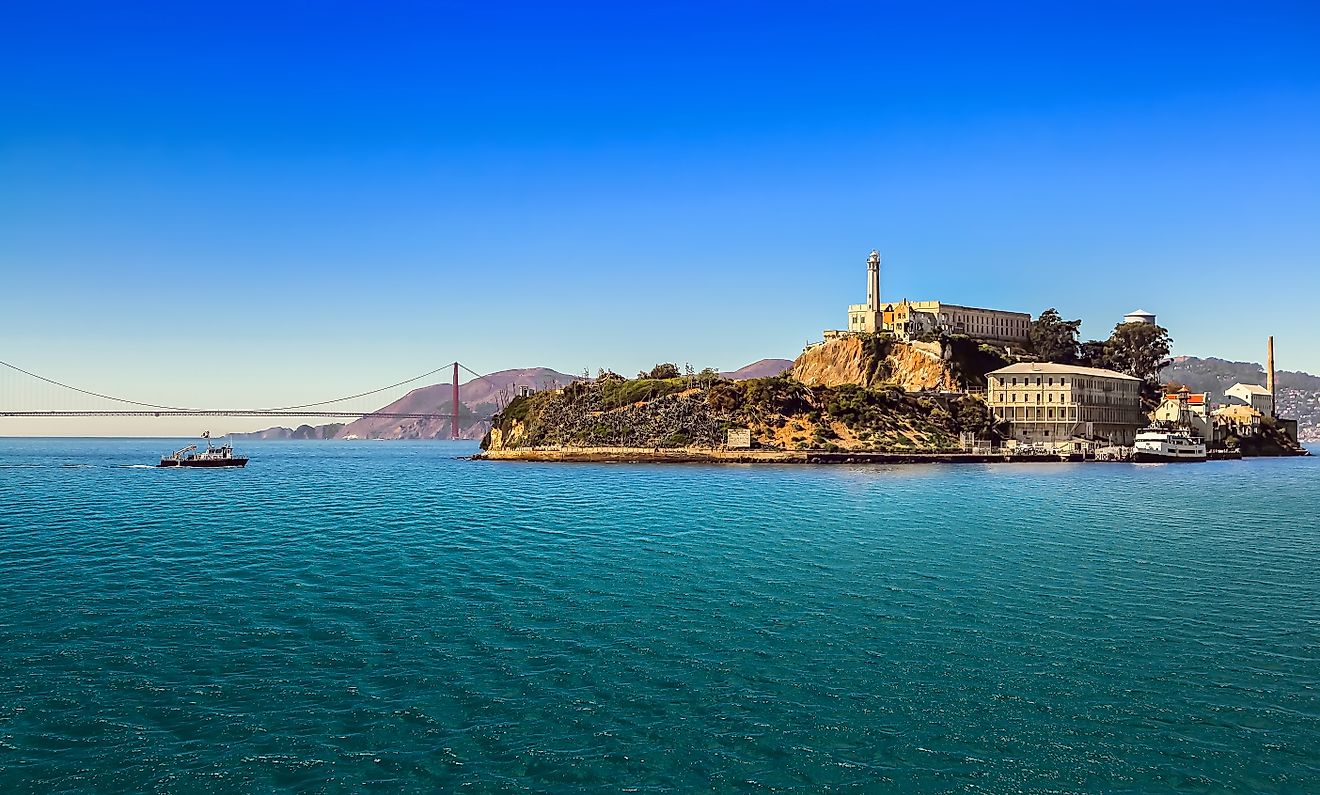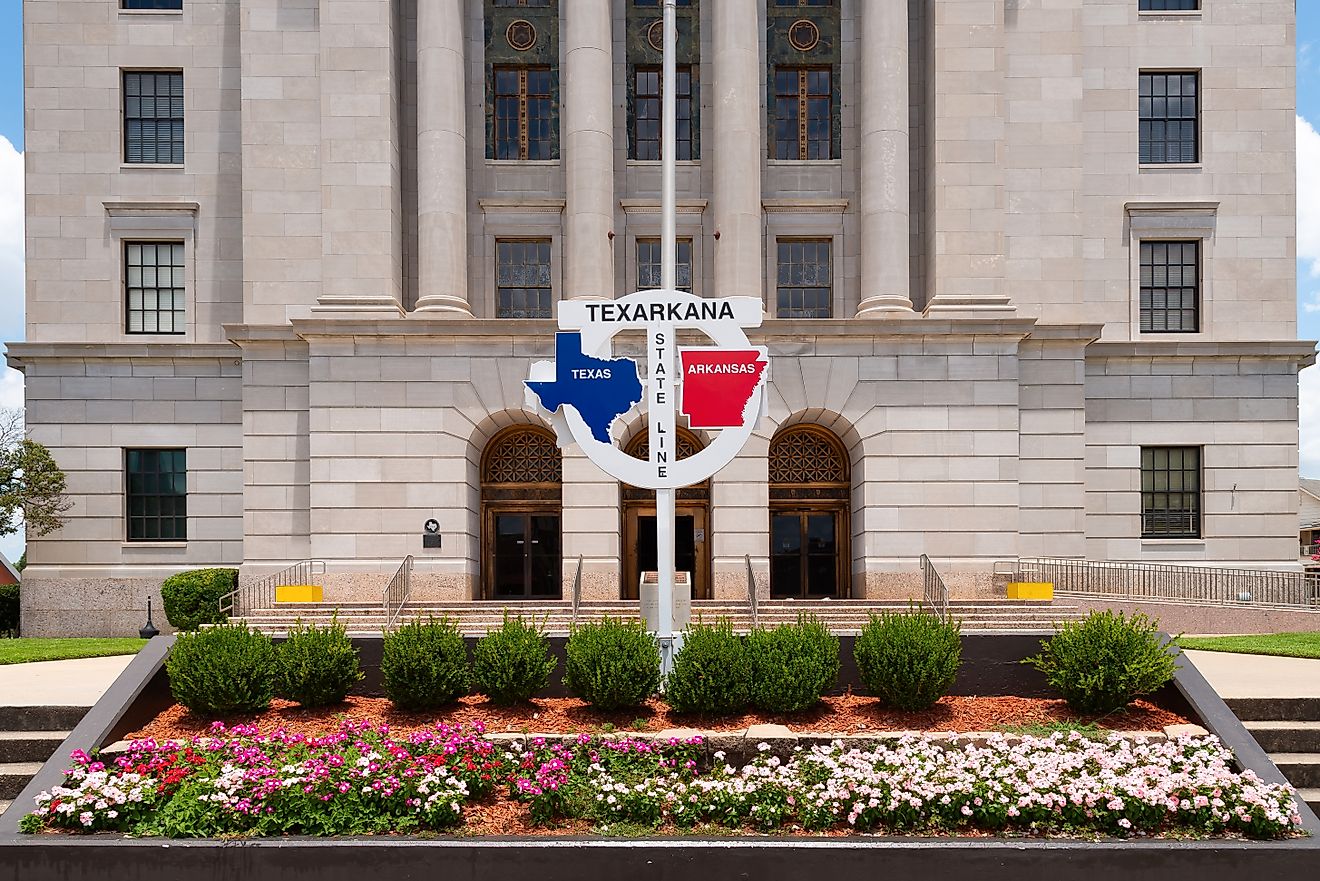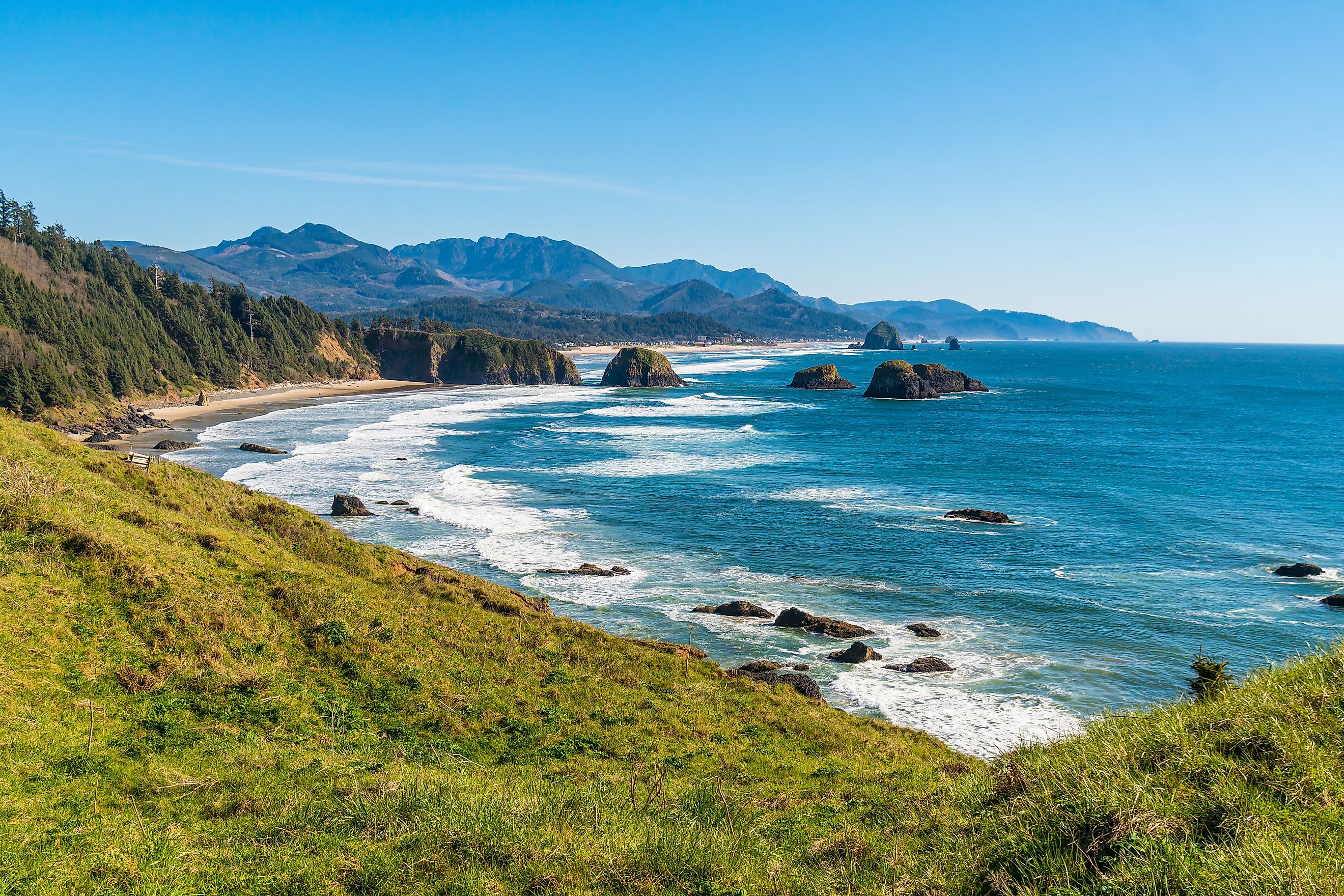
US States That Are Part of the Pacific Northwest
The Pacific Northwest is a region shaped by mountains, mist, forests, and rugged coastlines. Stretching along the upper corner of the continental United States, it’s a place where nature feels alive in every direction, where the boundaries between ocean, forest, and city blur into one seamless experience.
Defining the Pacific Northwest can be tricky. Some use geography, others culture or climate. At its heart, the region centers around the northwestern United States, anchored by the Cascade Range, the Pacific Ocean, and a shared love of rain, wilderness, and innovation.
Traditionally, the Pacific Northwest includes Washington, Oregon, and Idaho, though Alaska and parts of northern California, Montana, and even British Columbia are sometimes considered part of its larger identity. Each state brings its own character to this distinct corner of America.
Below are the US states most commonly associated with the Pacific Northwest and what makes each one an essential part of this legendary region.
Washington
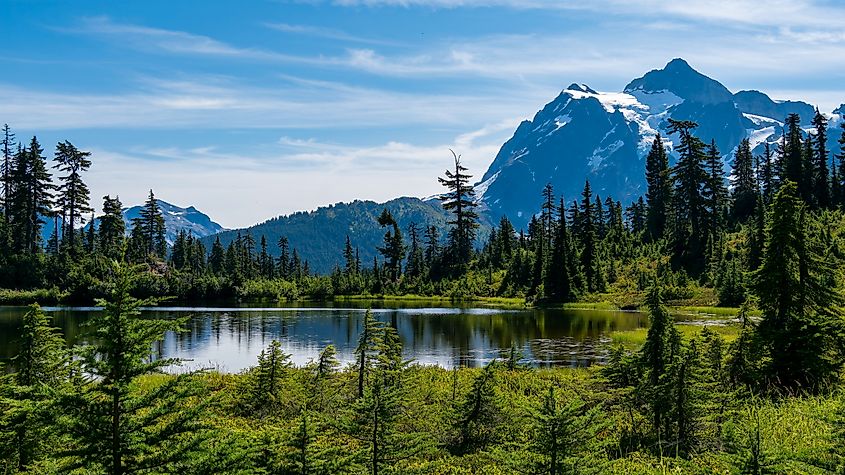
No state captures the spirit of the Pacific Northwest more completely than Washington. Known as the Evergreen State, it offers a near-perfect balance of natural splendor and urban sophistication. Its landscapes shift dramatically from west to east, giving it multiple personalities within a single border.
The western part of the state is draped in lush temperate rainforest, including Olympic National Park’s Hoh Rain Forest. Just a few hours away, Mount Rainier towers at 14,410 feet, commanding the skyline around Seattle. Volcanoes like Mount St. Helens and Mount Baker highlight the region’s restless geology, reminders that the Pacific Northwest is part of the volatile “Ring of Fire.”
Seattle, the state’s largest city, has become synonymous with creativity and innovation. Home to tech giants, legendary coffee culture, and a thriving arts scene, it mirrors the state’s forward-thinking energy. Across Puget Sound, smaller cities like Tacoma and Bellingham add their own coastal character, with working harbors, waterfront markets, and views that stretch for miles.
East of the Cascades, the climate shifts dramatically into dry plateaus and wide valleys. Spokane anchors this region, where agriculture and outdoor recreation thrive. The Columbia River carves deep canyons and powers dams that generate much of the state’s electricity.
Washington’s mixture of mountains, coast, and modernity makes it a defining piece of the Pacific Northwest puzzle, untamed and urban all at once.
Oregon
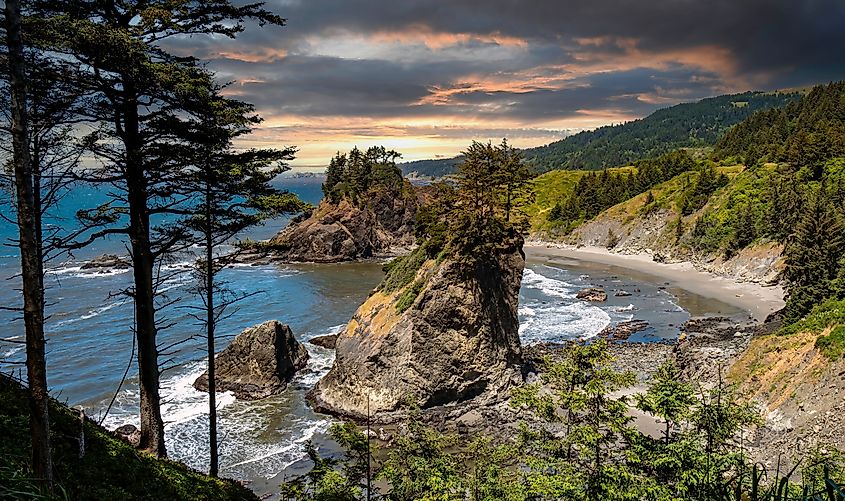
Oregon captures the wild freedom at the heart of the Pacific Northwest. Its terrain shifts from crashing surf to volcanic peaks and sunlit desert, each region revealing a different side of the state’s untamed character.
Along the Pacific, 363 miles of coastline remain open to all by law. Cannon Beach and Cape Kiwanda showcase dramatic sea stacks, shifting dunes, and the ceaseless rhythm of the waves. Inland, the Cascade Range rises into snow-covered peaks such as Mount Hood and Crater Lake, the nation’s deepest lake, born from an ancient volcanic collapse.
To the east, dense forests give way to the high desert around Bend and the Painted Hills, where color-striped formations tell a story millions of years old. Oregon feels alive, constantly changing from mountain to mesa.
In its cities, creativity and individuality shape the culture. Portland’s motto, “Keep Portland Weird,” reflects a spirit that prizes originality, sustainability, and artistry. The city hums with craft coffee, food trucks, bike lanes, and a community that embraces innovation.
Oregon’s progressive mindset extends to the land itself. The state champions renewable energy, green initiatives, and responsible stewardship of its forests, rivers, and coastline.
Idaho
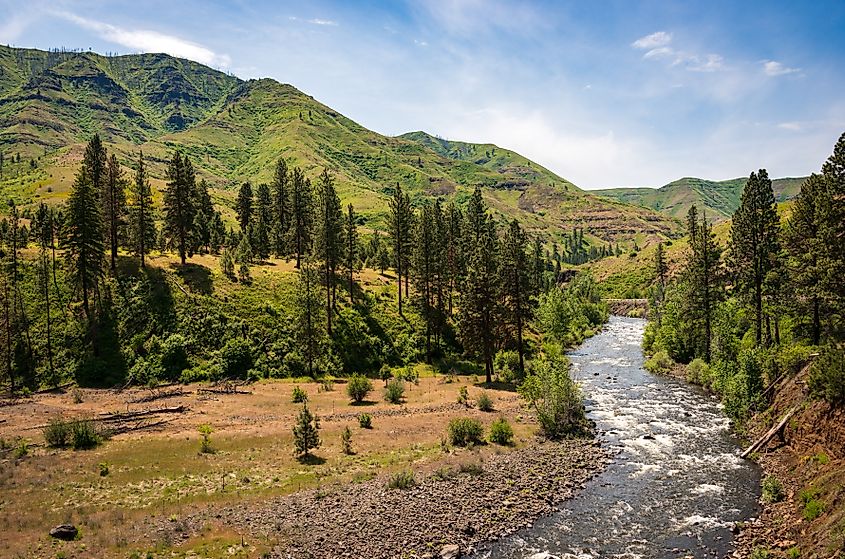
Often overlooked in discussions of the Pacific Northwest, Idaho plays a vital role in shaping the region’s inland identity. Though it lacks a Pacific shoreline, Idaho shares the same rugged spirit, mountain landscapes, and environmental consciousness that define its coastal neighbors.
Idaho holds some of the most dramatic wilderness in the lower 48 states. The Sawtooth Range, part of the Rocky Mountains, rises sharply from the forest floor with alpine lakes scattered in every direction. The Frank Church-River of No Return Wilderness, one of the largest protected areas in the country, covers 2.3 million acres of untouched terrain.
The Snake River, carving its way through Hells Canyon (the deepest river gorge in North America) defines Idaho’s wild heart. Kayakers, anglers, and rafters are drawn to its powerful currents and remote beauty. In the winter, ski towns like Sun Valley transform into snow-covered havens for adventure.
Boise, the state capital, has grown into one of the most livable and vibrant mid-sized cities in America. Surrounded by foothills and farmland, it combines outdoor lifestyle with a strong sense of community and innovation.
Alaska
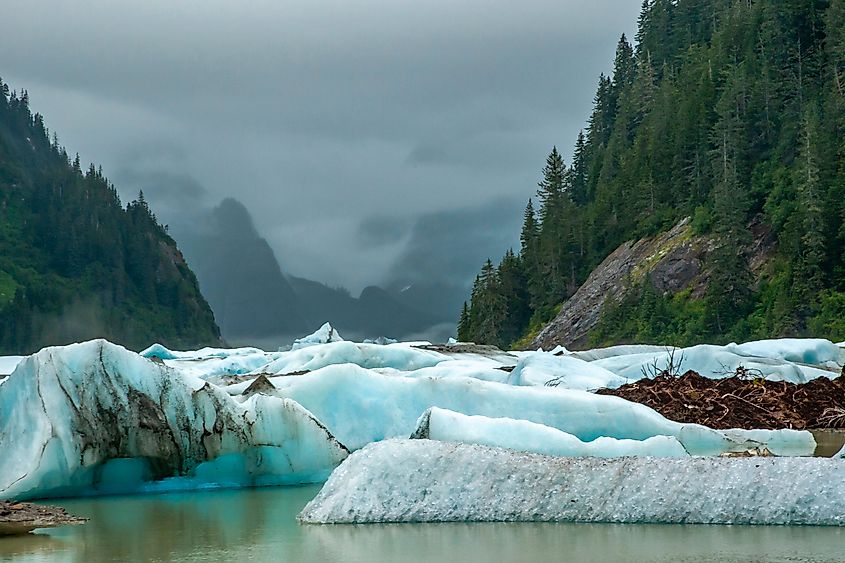
Geographically separated from the lower 48, Alaska still shares deep cultural, ecological, and climatic ties with the Pacific Northwest. Its Pacific coastline, vast mountain ranges, and indigenous heritage make it a natural extension of the region’s identity.
Everything in Alaska feels larger than life. Denali towers as North America’s highest peak at 20,310 feet. The state’s glaciers, fjords, and forests represent the most expansive wilderness in the United States. The Tongass National Forest alone covers nearly 17 million acres, making it the largest temperate rainforest on Earth.
Coastal towns like Juneau and Ketchikan reflect a maritime lifestyle tied to salmon runs, storms, and trade routes that connect directly to the Pacific Northwest. Many of Alaska’s ecosystems mirror those of Washington and British Columbia, creating a seamless biological and cultural link.
Northern California

Though not always included in strict definitions, Northern California shares enough climate, geography, and culture with Oregon and Washington to earn a place on the fringe of the Pacific Northwest.
The redwood forests of Humboldt and Del Norte Counties blend seamlessly with Oregon’s coastal ecosystems. The Klamath Mountains and Siskiyou Range straddle the state border, uniting the two regions through shared geology and climate. Cities like Eureka and Arcata reflect the same independent, eco-conscious character found farther north. Inland, volcanic peaks such as Mount Shasta connect Northern California to the Cascade Range, linking it geologically to Oregon and Washington.
Both Oregon and Northern California emphasize sustainability, local food movements, and outdoor lifestyles.
Montana
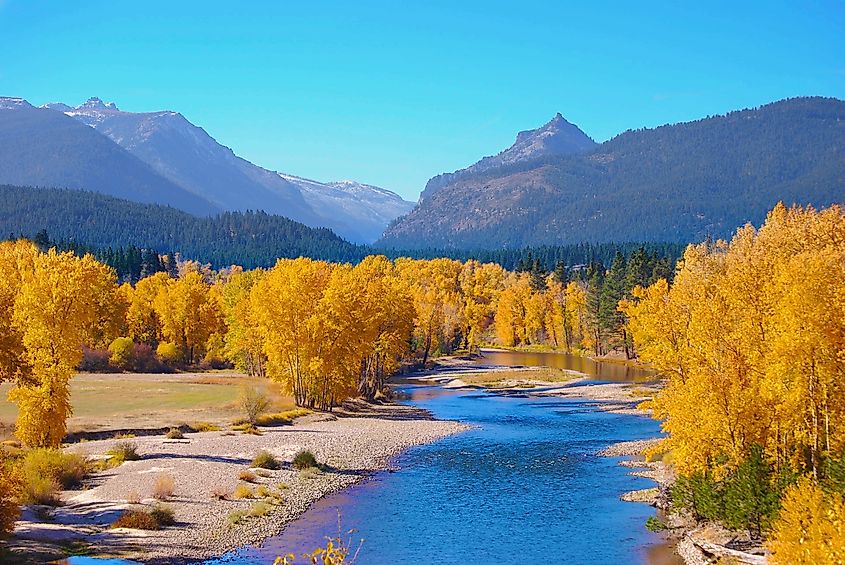
Montana’s inclusion in the Pacific Northwest is debated, but its western region shares the same mountain ranges, river systems, and environmental values that define the region.
Western Montana, especially around Missoula and the Bitterroot Valley, falls within the Pacific Northwest’s watershed. The towering Bitterroot Mountains and dense forests resemble northern Idaho and eastern Washington far more than Montana’s eastern plains.
Missoula’s creative energy, environmental activism, and proximity to wilderness align it with other Pacific Northwest cities. The Clark Fork and Flathead Rivers flow toward the Columbia Basin, physically connecting the region through shared watersheds.
Montana’s inclusion expands the Pacific Northwest’s spirit into the Rockies, where forests, rivers, and independent communities reflect the same ethos of exploration and respect for nature.
A Region That Feels Alive
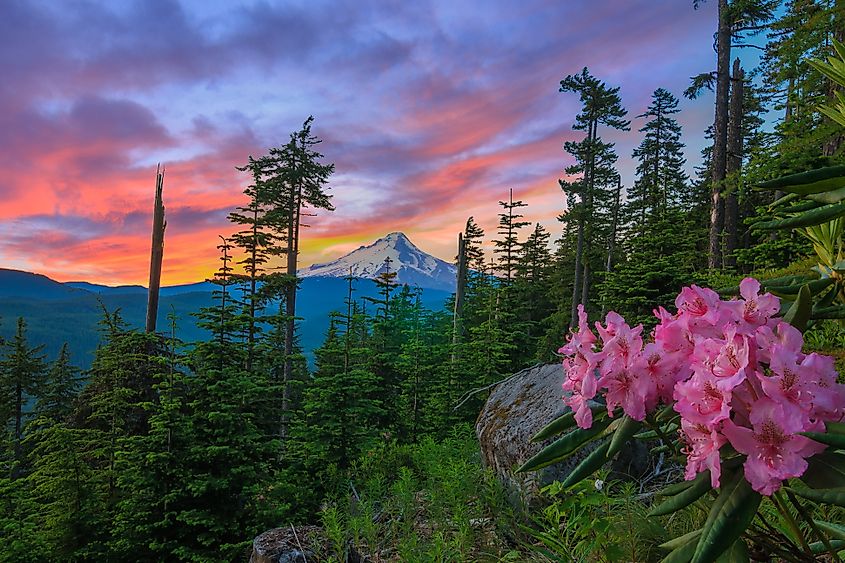
The Pacific Northwest stands as one of the most dynamic and recognizable regions in the United States. Rainforests, deserts, mountains, and coasts coexist in a natural harmony. Washington’s volcanic peaks, Oregon’s rugged shore, Idaho’s wild rivers, and Alaska’s glaciers each bring a distinct rhythm to this living landscape.
Part place, part feeling, the Pacific Northwest blends weather, wilderness, and imagination into something singular. It grows and adapts, yet its grounding in the natural world never fades.
The Pacific Northwest as a Whole
| State | Key Feature | Pacific Northwest Connection |
|---|---|---|
| Washington | Evergreen forests, tech hubs | Heart of the region |
| Oregon | Coastal access, eco-innovation | Core Pacific state |
| Idaho | Mountain wilderness, rivers | Inland extension |
| Alaska | Arctic wilderness, Pacific ties | Northern frontier |
| Northern California | Redwood coast, shared climate | Southern link |
| Montana | Western forests, Columbia Basin | Eastern reach |
